World music
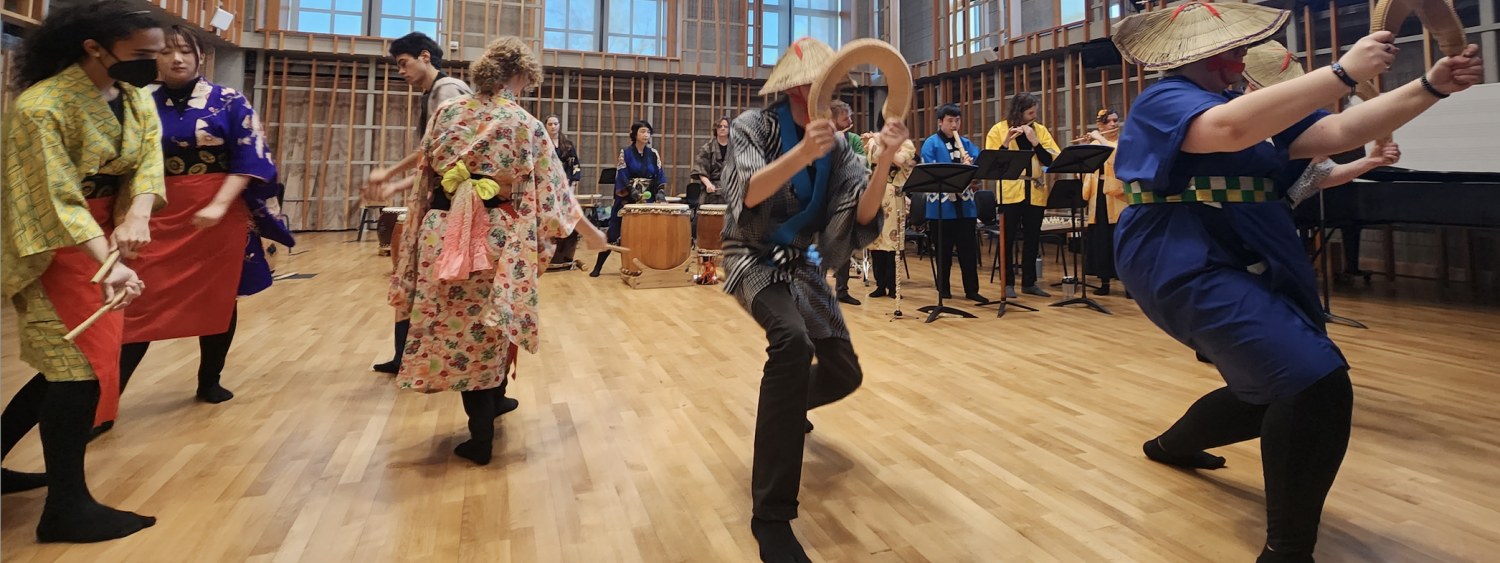
Welcome to world music at the University of Colorado Boulder College of Music! Our four non-Western music ensembles—open to both music majors and non-music majors—explore West African Highlife, Japanese, Gamelan and Latin American traditions. Each ensemble presents one public event per academic year in Grusin Music Hall.
Contact the director of each individual ensemble for enrollment info.
The College of Music’s world music ensembles bring together culture bearers from across campus. Music and movement are a meeting place for acknowledging and celebrating our differences.
—Alumnus Zane Cupec, Director, CU Boulder Latin American Music Ensemble
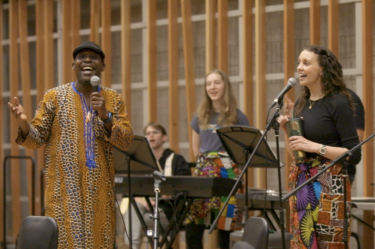
CU Boulder West African Highlife Ensemble
Performing high energy, tightly-knit traditional, neo-traditional and highlife dance music from Ghana, our West African Highlife Ensemble has audiences dancing in the aisles with its irresistible rhythms. We are the first university ensemble in the country to perform highlife music.
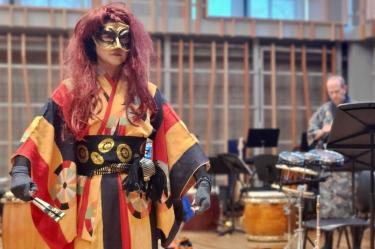
CU Boulder Japanese Ensemble
Our Japanese Ensemble is dedicated to hands-on learning of music and dance from many regions of Japan. Japanese music is typically based on songs that reflect styles of Japanese poetry sung in lines of five or seven syllables. Song lyrics evoke images of landscape, seasons, weather, animals and legendary figures of Japan to illustrate Shinto religious ideals of harmony between the gods and human beings in nature—as well as Buddhist themes of the transient nature of existence in this world. Traditional instruments studied by the group include the shamisen (skin-covered, three-string, plucked lute), shinobue (transverse bamboo folk flute), nokan (transverse bamboo flute from noh drama), taiko (double-headed, barrel-shaped, stick-struck drums of various sizes), kotsuzumi (shoulder-held, hourglass-shaped, pressure drum) and otsuzumi (hip-held, hourglass-shaped drum).
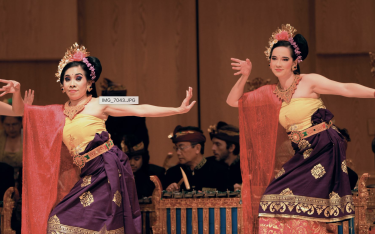
CU Boulder Gamelan Ensemble
Gamelan is a term used to describe a type of music and dance that originates from the Indonesian islands of Java and Bali. On the island of Bali, gamelan is found in many different forms and is represented by several kinds of ensembles such as the one at the College of Music: Gamelan Genta Kencana (Holy Golden Sound). This set of instruments is a type of gamelan angklung using a five-tone tuning system, originally from the northern area of Singaraja where it is still used today to accompany village religious festivals and ceremonies. Gamelan Genta Kencana, like all gamelan in Bali, is considered sacred and was created especially for CU Boulder and purchased with funds from the Chancellor’s Office and the College of Music. The gamelan orchestra was consecrated in a special ceremony at the College of Music on April 19, 1998.
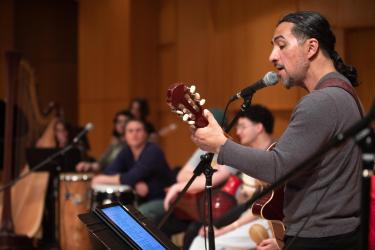
CU Boulder Latin American Ensemble
The origins of the word mariachi are obscure, although the earliest groups were formed in the Mexican state of Jalisco. The core instrumentation of the mariachi ensemble includes the violin, vihuela (small fice-stringed guitar), guitar and the large horizontal bass called the guitarrón, a Mexican invention that replaced the diatonic harp early in the 20th century. Trumpets were added to the ensemble with the first recordings and had become standard by the 1950s. The trajes de charro (Mexican cowboy suits) are an important aspect of contemporary mariachi showmanship. Especially important is the traditional musical showcasing of individuals and choruses in the ensemble. Mariachi music is celebratory in nature. It is common in Mexico for family, friends or admirers to arrange for a loved one to be serenaded by a mariachi musician at dawn on their birthday ... or in the middle of the night. It is also the favorite music at weddings and other important family fiestas, and for important Mexican celebrations like Cinco de Mayo (Mexican victory over French forces in Puebla on May 5, 1862) and Diez y seis de septiembre (Sept. 16, Mexican Independence from Spain in the 1820s).


